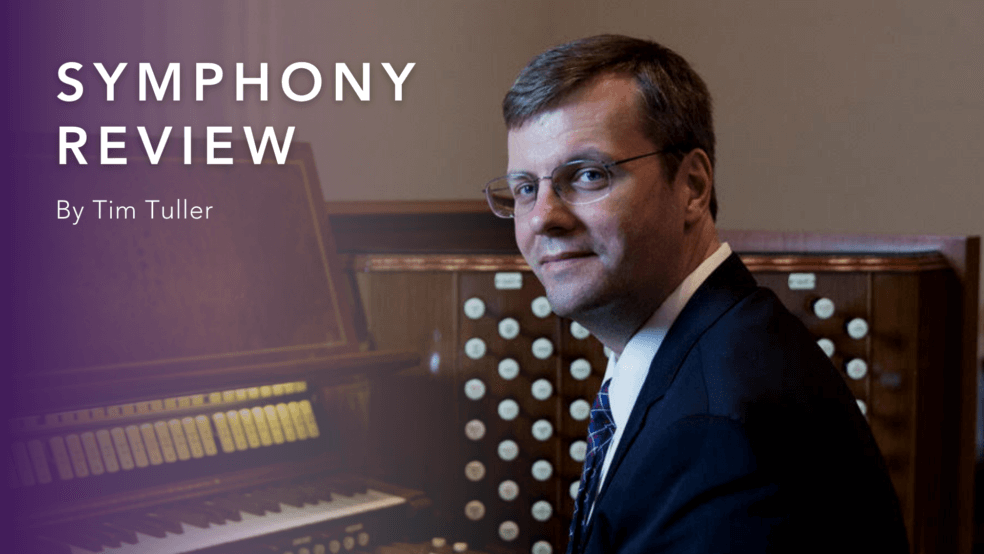This weekend the Jacksonville Symphony’s Florida Blue Classical Series presented “Bach To America,” a creatively programmed and wide-ranging concert featuring works by Johann Sebastian Bach, Igor Stravinsky, and Alberto Ginastera.
The evening opened with J. S. Bach’s “Brandenburg Concerto No. 1 in F major.” Music Director Courtney Lewis dove right in, leading the ensemble with confidence and bristling energy. Cohesion amongst the musicians was tight and Bach’s intricate counterpoint was brought out with great clarity. Textures were always clear and lines transparent, with crisp tempos that never let the momentum lag. There were many moments of beautiful solo playing, in particular a remarkably expressive interplay between the solo violin and oboe in the brooding second movement.
It was comforting and bracing to hear a major Bach work performed by the Jacksonville Symphony. Over the past several decades many modern symphony orchestras have tended to shy away from performing much Baroque repertoire, seeing it as more the purview of early music ensembles which boast period instruments and performance techniques. While these groups have undeniably enriched our understanding of the Baroque repertoire, this performance by the Jacksonville Symphony proved that these treasured works need not be consigned exclusively to specialist early music groups. Bach and his Baroque brethren can be rendered to full artistic effect on modern instruments so long as attention is paid to appropriate tempi, rhythmic drive, and textual clarity, as we saw on Friday night.
The second selection on the program took the audience two centuries forward to the twentieth-century sound world of Igor Stravinsky’s “Dumbarton Oaks;” a work directly inspired by J. S. Bach’s “Brandenburg Concertos.” Though worlds apart from Bach harmonically, the work displayed several characteristics that made the lineage between the two compositions clear: similarity of form and instrumentation, intricate counterpoint, clear textures, and vivacious rhythms. Courtney Lewis and the orchestra made a convincing case for this work, with tempos and phrasing that brought out the structure with clarity.
Wrapping up the evening was a rarely heard and remarkable work, Alberto Ginastera’s “Variaciones concertantes.” This piece is notable for featuring many colorful and virtuosic solos from a wide array of the orchestra’s instruments over the course of its twelve sections. The work began with a haunting melody played by solo cello and harp, which was beautifully sculpted by Principal Cellist Alexei Romanenko and Principal Harpist Kayo Ishimaru. The work then proceeded through a series of variations, which combined solo instrumental virtuosity with kaleidoscopic orchestral color. All soloists dispatched their challenging passages with grace and élan, the clarinet and violin solos being particular standouts for this listener. Noteworthy, too, was the double bass solo towards the end of the work; the double bass being an instrument featured in solos very rarely indeed.
“Bach to America” continues the proud Jacksonville Symphony’s tradition of weaving the familiar with the new, and drawing tight the ties between the centuries, taking listeners on a journey of musical evolution alongside the works. There is inspiration afresh in Bach and his scions, and the Symphony showcased it with creativity and fresh vigor that continues to please listeners of all stripes.
Tim Tuller is the Canon for Music at St. John’s Episcopal Cathedral in Jacksonville, Florida. Tuller formerly wrote for the Florida Times-Union as classical music reviewer.


